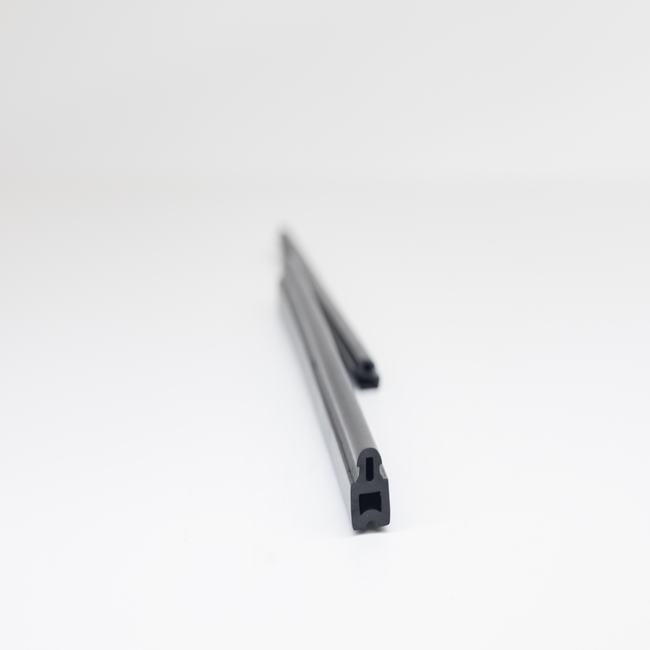Dilatation seals, also known as expansion joints, are critical components in various engineering and construction applications. These versatile devices serve a fundamental purpose by accommodating the expansion, contraction, or movement of structures, machinery, or pipelines due to temperature variations, settling, seismic activity, or other factors. Their primary role is to prevent the transmission of stress and movement between adjacent components, which can help maintain the structural integrity and functionality of the entire system.
Here’s a comprehensive and detailed description of dilatation seals:
- Purpose: Dilatation seals are primarily designed to absorb and manage the thermal expansion and contraction of materials. When materials heat up, they tend to expand, and when they cool down, they contract. These changes in dimension can exert substantial forces on connected components, leading to stress, cracking, or failure if not properly controlled. Dilatation seals serve as a buffer to mitigate these forces and maintain the stability and functionality of the system.
- Materials and Construction: These seals are typically made from a variety of materials, including rubber, elastomers, metal alloys, and reinforced fabrics. The choice of material depends on the specific application and the environmental conditions. The seals are often layered or reinforced to provide strength, flexibility, and durability.
- Types: Dilatation seals come in various types, each tailored to specific applications. Common types include: a. Single-Arch Expansion Joints: These are basic expansion joints with a single arch and are suitable for simple applications where movement is primarily in one direction. b. Double-Arch Expansion Joints: These provide more flexibility as they have two arches, making them suitable for applications with multidirectional movement. c. Reinforced and Fabric Expansion Joints: These are designed for applications that require both flexibility and high-temperature resistance. They often incorporate layers of fabric and metal to achieve the desired properties. d. Metal Bellows Expansion Joints: Metal bellows are used when high-pressure and temperature conditions are involved. They offer excellent resistance to corrosion and can handle substantial movement.
- Applications: Dilatation seals find application in a wide range of industries, including: a. Construction: In building and bridge construction, expansion joints are used to allow for the movement of large structures during temperature fluctuations. b. Pipelines: In the oil and gas industry, as well as in water and sewage systems, expansion joints are used to accommodate ground settlement, vibration, and temperature changes. c. Industrial Machinery: In manufacturing and processing plants, dilatation seals help manage movement and vibration in equipment, reducing wear and tear. d. Transportation: Expansion joints are used in road and rail systems to prevent damage and ensure smooth passage over bridges and joints.
- Design Considerations: The design of dilatation seals must take into account factors such as the expected range of movement, temperature extremes, chemical exposure, and the specific requirements of the application.
- Installation and Maintenance: Proper installation is crucial to the effectiveness of dilatation seals. Regular inspection and maintenance are also essential to ensure their continued performance and longevity.
In conclusion, dilatation seals, or expansion joints, are indispensable in various industries and applications, helping to prevent structural damage and maintain the integrity of systems subjected to movement and temperature fluctuations. Their diverse designs and materials make them adaptable to a wide range of scenarios, ensuring the safe and efficient operation of numerous structures and systems.








